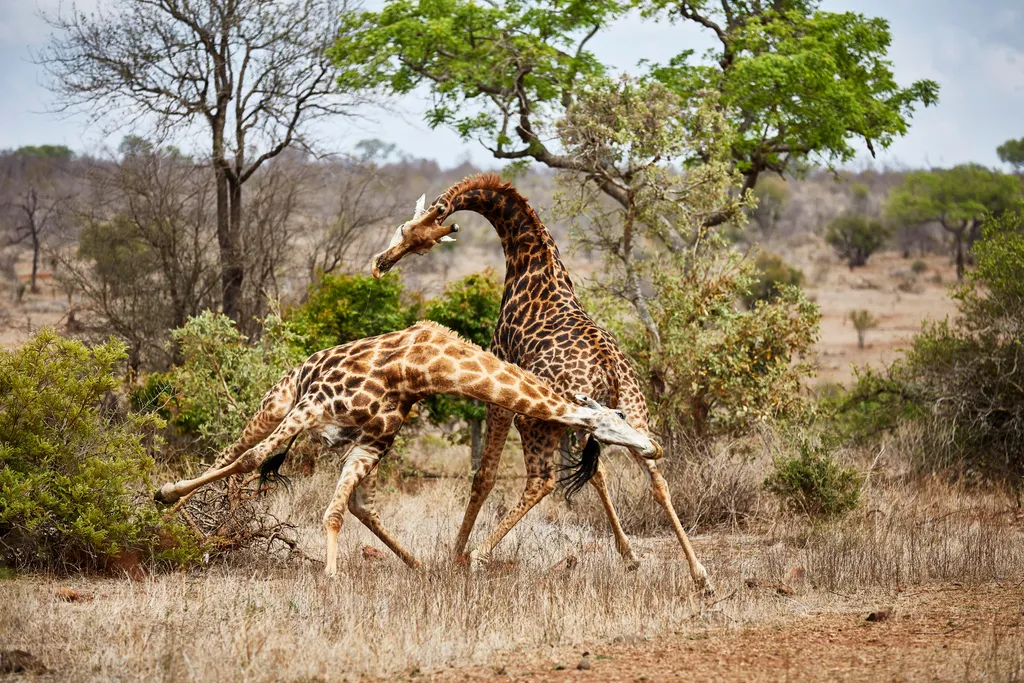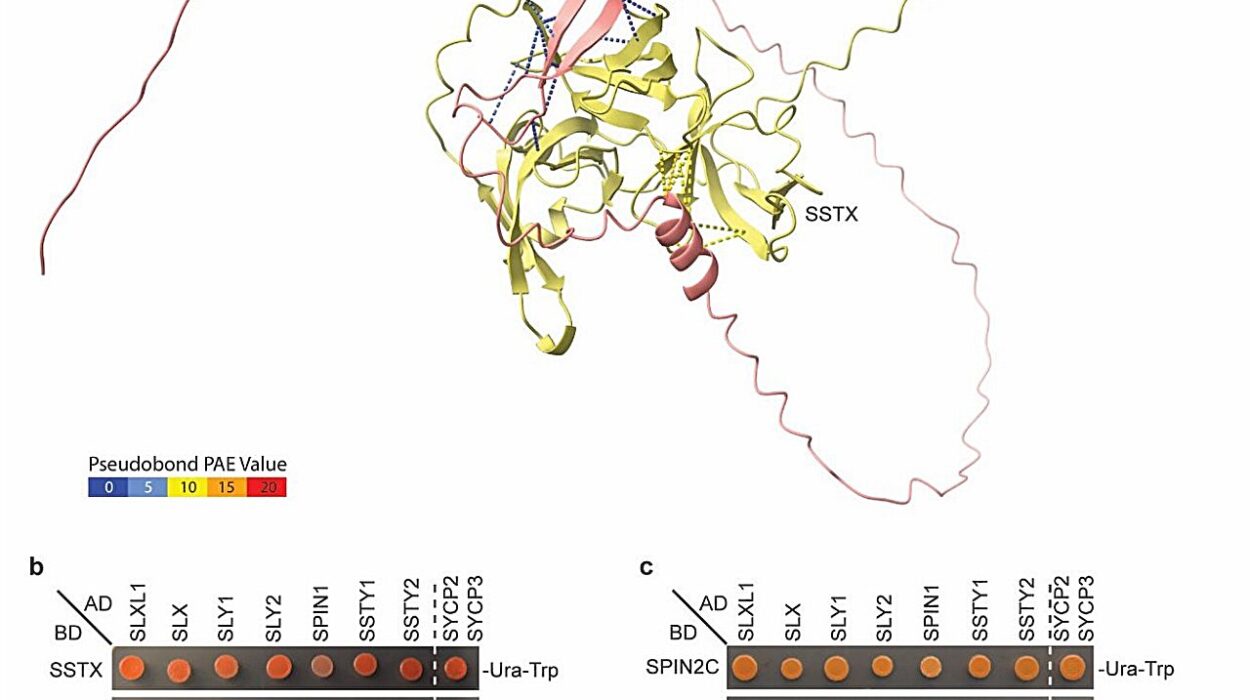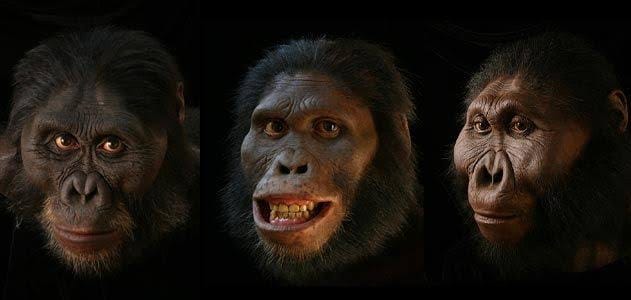Picture a lone giraffe standing tall against the golden backdrop of the African savanna. The wind rustles the grass, and far off in the distance, the thunder of hooves echoes as wildebeest move like clouds across the horizon. Above the shrubs and the acacia trees, a silhouette rises—a giraffe, its head brushing the lower canopy, lips tugging delicately at thorny leaves.
It’s a breathtaking image, not just because giraffes are beautiful, but because they are strange. Stranger than almost any other creature on Earth. The giraffe’s neck, which can stretch up to 6 feet long and weighs as much as 600 pounds, is one of the most iconic and puzzling features in the animal kingdom.
Why do giraffes have long necks? It’s a question that has mesmerized scientists, philosophers, and casual observers for centuries. Charles Darwin wrestled with it. Evolutionary biologists have tested hypotheses for decades. And every child who’s ever seen one in a zoo has probably asked the question.
What seems like a simple matter of anatomy turns out to be a tale of survival, competition, sex, and time. To understand why giraffes evolved such long necks, we need to travel deep into evolutionary theory, look through the fossil record, observe their behavior in the wild, and listen to the quiet whispers of natural selection echoing across millions of years.
The Lamarckian Illusion: The Myth That Won’t Die
For many years, the dominant explanation for the giraffe’s long neck came from the early 19th-century French naturalist Jean-Baptiste Lamarck. According to Lamarck, giraffes stretched their necks higher and higher to reach tall trees during droughts when ground vegetation was scarce. These stretched necks, he believed, were passed on to their offspring. Over generations, the necks got longer and longer.
This idea is appealing. It seems to fit what we observe: giraffes eating from high branches. And it has a storybook quality—striving, reaching, growing.
But it’s wrong.
Evolution doesn’t work like that. Individual giraffes don’t change their anatomy during their lifetimes in ways that can be passed down. Modern evolutionary theory, based on Darwin’s principles and later expanded through genetics, shows that traits evolve due to natural selection acting on heritable variations. Giraffes did not stretch their necks into being. Those born with slightly longer necks, by chance, had an advantage—and that advantage was passed down.
The real story of the giraffe’s neck is not about aspiration. It’s about competition and survival.
Darwin’s Feeding Hypothesis: The Original Theory of Advantage
Charles Darwin proposed that giraffes with longer necks were better able to reach food in tall trees during times when low vegetation was scarce. This “feeding competition” hypothesis suggests that natural selection favored individuals with longer necks because they had access to a food source others couldn’t reach. Over time, longer-necked giraffes out-survived and out-reproduced their shorter-necked peers.
This theory is elegant and logical. And it explains a lot.
Giraffes often feed on the thorny leaves of acacia trees—trees that few other herbivores dare to browse. A longer neck gives them exclusive access to the upper branches, especially during dry seasons when food is limited closer to the ground. Several studies have shown that giraffes do often browse at heights above the reach of most other herbivores.
But the story, as it turns out, is more complicated.
If feeding were the sole pressure driving neck elongation, we would expect giraffes to spend most of their feeding time high in the trees. Yet in many cases, giraffes feed from lower levels, sometimes at shoulder height or even lower. The reality is that acacia trees aren’t that tall, and the lower leaves are often just as nutritious as the upper ones. So what gives?
Why evolve a neck so long, so heavy, and so costly to maintain, if it’s not always needed?
The Battle of the Bulls: Necking and Sexual Selection
Enter a radically different theory—one that turns the giraffe’s neck into a weapon.
Male giraffes engage in a bizarre and brutal behavior known as “necking.” This isn’t a romantic embrace—it’s a form of combat. Two males stand side by side and swing their necks like sledgehammers, slamming their heavy heads, often armed with small horn-like ossicones, into each other’s sides and legs.
These contests determine dominance, access to females, and reproductive success. The longer and more muscular the neck, the more force the male can deliver. Over time, sexual selection may have driven males to develop longer necks to win these fights.
This idea is known as the sexual selection hypothesis, and it has gained traction in recent decades. Necking battles can be fierce, and observers have documented cases where one male knocks the other unconscious or even kills him. The victorious male typically gains access to estrous females—those ready to mate.
Sexual selection is a powerful evolutionary force. In species like peacocks, for example, absurdly elaborate tails evolved not because they help survival but because they help reproduction. If females prefer males with long tails—or, in giraffes’ case, if longer necks help males dominate other males—then those traits can spread even if they carry costs.
Interestingly, male giraffes tend to have longer and thicker necks than females, which supports the idea that neck length is under selection pressure in males more than females. But both sexes still have long necks, suggesting that other forces are at play.
Could it be that both feeding advantage and sexual selection played a role?
A Multi-Factorial Puzzle: The Complex Dance of Evolution
The truth is, evolution rarely works in a straight line. It’s messy, tangled, and opportunistic. Traits don’t evolve for a single reason. They evolve under multiple pressures, and sometimes for reasons that change over time.
The giraffe’s neck may be a prime example of a mosaic trait—one that evolved due to a combination of factors.
In this view, feeding competition may have started the process. Early giraffe ancestors with slightly longer necks could nibble from branches others couldn’t reach. That small advantage became magnified over generations. Then, as necks became longer, new behaviors—like male combat—began to use those necks as tools of competition. Once that happened, sexual selection accelerated the process, driving necks to greater and greater extremes.
This synergy between natural selection and sexual selection is common in evolution. What begins as an adaptation for one purpose can later be co-opted for another.
But there’s even more complexity to consider.
The Anatomy of a Long Neck: Form, Function, and Limits
To fully understand the evolution of the giraffe’s neck, we need to consider not just its length, but what it takes to support and operate it.
The giraffe’s neck contains just seven vertebrae—the same number as nearly all mammals, including humans. But in giraffes, each vertebra is elongated and massive. Keeping the neck upright and maneuverable requires enormous muscles and a specialized ligament system.
Then there’s the circulatory system. When a giraffe lowers its head to drink, blood pressure should, in theory, cause the blood to rush into the brain with dangerous force. But giraffes have evolved a series of valves and elastic vessels that regulate blood flow, along with an exceptionally large heart to pump blood all the way up the neck. Their cardiovascular system is an engineering marvel.
Evolution didn’t just lengthen the neck—it redesigned the entire giraffe.
These modifications come at a cost. Long necks make it harder to move swiftly through dense forest. They require extra energy to grow and maintain. And they create unique vulnerabilities. Drinking, for example, requires giraffes to awkwardly spread their legs and lower their heads—a posture that leaves them vulnerable to predators like lions and crocodiles.
Every evolutionary gain involves trade-offs. The giraffe’s neck is a testament to how far natural selection can push an animal when the rewards—whether food, mates, or both—are worth the price.
Fossils in the Family: Giraffe Ancestors and Clues from the Past
To trace the giraffe’s neck through evolutionary history, we turn to the fossil record.
Giraffes belong to the family Giraffidae, which also includes the okapi—a short-necked, forest-dwelling cousin found in the Congo. The two species shared a common ancestor around 11–12 million years ago.
Ancient giraffids such as Palaeotragus, Samotherium, and Bohlinia show intermediate neck lengths and hint at the gradual elongation process. Some of these animals had necks longer than the okapi’s but shorter than today’s giraffes. The bones in their necks suggest a stepwise transformation—vertebra by vertebra—through millions of years.
A particularly fascinating fossil discovery in China involved a giraffe relative called Discokeryx xiezhi, which lived about 17 million years ago. This creature had a short neck but a heavily reinforced skull and cervical spine, suggesting it engaged in head-butting combat similar to modern giraffe necking. Some scientists propose that sexual selection through combat began early in giraffe evolution, even before extreme neck elongation.
These fossils reinforce what genetics and comparative anatomy have long suggested: the giraffe’s long neck didn’t appear overnight. It evolved gradually, shaped by shifting environmental pressures and changing behaviors. Evolution, after all, is not about perfection. It is about persistence.
The Okapi Contrast: What If the Forest Won?
To understand giraffes, we must also understand the okapi—their silent, mysterious cousin.
Okapis live deep in the rainforests of central Africa. They are shy, solitary, and elusive. They feed on leaves and fruit at lower levels of the forest, using their long tongues to grasp vegetation. Unlike giraffes, they have no need for height. In fact, a long neck would be a liability in the dense undergrowth.
The okapi is not a failed giraffe—it is a successful specialist in a different niche. Where the savanna drove giraffes to reach for the sky, the forest shaped the okapi to remain close to the ground. They share a genetic heritage, but their evolutionary journeys diverged according to the environments they each came to master.
In this contrast, we see one of evolution’s most powerful truths: context is everything.
What the Giraffe Teaches Us About Evolution
So why do giraffes have long necks?
Because in the ancient savannas of Africa, having a slightly longer neck helped some individuals survive droughts and feed from untapped food sources. Because in the heat of mating season, a powerful neck could deliver crushing blows that determined who reproduced and who did not. Because over time, tiny changes built upon one another, sculpting a creature unlike anything else on Earth.
The giraffe’s neck is a living monument to evolutionary compromise. It is not ideal. It is not perfect. But it is functional, successful, and stunningly unique. It shows us how natural selection works over deep time, favoring traits that improve survival and reproduction—even if those traits come at significant costs.
It also reminds us that evolution doesn’t aim for a particular goal. It doesn’t plan. It tinkers. It repurposes. It reacts. The giraffe didn’t set out to be tall. It became tall because, generation by generation, tallness was rewarded.
That insight is not just relevant to giraffes—it is relevant to us. The human body, with its upright posture, large brain, and clumsy knees, is also a product of similar forces. We, too, are mosaics of traits shaped by ancient pressures. We, too, carry the stories of our ancestors in our bones.
Still Reaching
In the wild, giraffes are still evolving. Climate change, habitat loss, and human pressures are shaping their populations. Some giraffe populations are dwindling, others adapting. Subspecies are showing differences in pattern, size, and even behavior. Evolution, contrary to what some might think, is not a thing of the past. It is happening now.
And so the question of the giraffe’s neck is not just a scientific puzzle from long ago. It’s a window into an ongoing process—one that never stopped, one that continues every time a calf is born with traits slightly different from its parents.
Each neck is a chapter in an unfinished story.
As that lone giraffe raises its head above the savanna canopy, pulling thorny leaves from the highest branches, it is not just eating. It is echoing the struggle of countless ancestors. It is the end product of millions of years of natural selection, competition, and chance. And in its towering presence, we find something more than biology—we find the drama of life itself, always reaching, always evolving, always moving forward.






